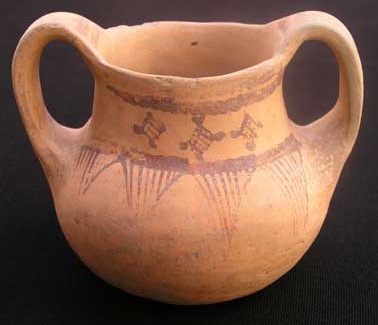|
Motra Tone
The Motra Tone is a half-length portrait of a woman by the Albanian artist Kolë Idromeno Nikoll Idromeno (; 15 August 186012 December 1939), better known as Kolë Idromeno, was an Albanian painter, sculptor, architect, photographer, cinematographer, composer and engineer during the Albanian Renaissance in the nineteenth century. H .... Idromeno painted it in 1883. The picture is part of the collection of National Art Gallery of Albania. References Albanian art 1883 paintings {{19C-painting-stub ... [...More Info...] [...Related Items...] OR: [Wikipedia] [Google] [Baidu] |
Kolë Idromeno
Nikoll Idromeno (; 15 August 186012 December 1939), better known as Kolë Idromeno, was an Albanian painter, sculptor, architect, photographer, cinematographer, composer and engineer during the Albanian Renaissance in the nineteenth century. He is widely regarded as a precursor of both realism and landscape art in Albania. Kolë Idromeno was born in Shkodër, which was at that time part of the Ottoman Empire. At age 16, he moved to Venice for six months and began his studies at the Accademia di Belle Arti di Venezia. Subsequently, he travelled throughout Europe and moved back to Shkodër and worked essentially in a variety of artistic fields. In addition, he made himself strongly committed for the Independence of Albania whereby he was forced to emigrate to Ulcinj. Among his important works are a series of paintings where he tried to depict the social aspects of everyday life, customs and religion exactly as it appears. He was also distinguished for its rich use of colours and ... [...More Info...] [...Related Items...] OR: [Wikipedia] [Google] [Baidu] |
Tirana
Tirana ( , ; aln, Tirona) is the capital and largest city of Albania. It is located in the centre of the country, enclosed by mountains and hills with Dajti rising to the east and a slight valley to the northwest overlooking the Adriatic Sea in the distance. Due to its location at the Plain of Tirana and the close proximity to the Mediterranean Sea, the city is particularly influenced by a Mediterranean seasonal climate. It is among the wettest and sunniest cities in Europe, with 2,544 hours of sun per year. Tirana was founded as a city in 1614 by the Ottoman Albanian general Sylejman Pasha Bargjini and flourished by then around the Old Mosque and the ''türbe''. The area that today corresponds to the city's territory has been continuously inhabited since the Iron Age. It was inhabited by Illyrians, and was most likely the core of the Illyrian Kingdom of the Taulantii, which in Classical Antiquity was centred in the hinterland of Epidamnus. Following the Illyrian Wars it wa ... [...More Info...] [...Related Items...] OR: [Wikipedia] [Google] [Baidu] |
National Art Gallery Of Albania
The National Museum of Fine Arts ( sq, Galeria Kombëtare e Arteve) is a national art museum in Tirana, Albania, under the supervision of the Ministry of Culture. It features the work of well-known Albanian artist, such as Sadik Kaceli. In October 2021, the gallery was temporarily closed to allow for significant construction work to take place such as the revamping of the current structure and the building of a new one nearby. The works are expected to last until end of 2023. In the meantime, plans include the digitization of art work at the AlbaFilm studios. History The beginnings of the institution can be traced back to the endeavors of a group of Albanian artists and the Arts Committee of 1946. Pinakoteka was the first institution of fine arts in the country. After much toil and extensive efforts, the Gallery of Arts officially opened to the public in Tirana on 11 January 1954. The gallery worked in two main directions: exhibiting the permanent collection and opening temporar ... [...More Info...] [...Related Items...] OR: [Wikipedia] [Google] [Baidu] |
Albanian Art
Albanian art ( ) refers to all artistic expressions and artworks in Albania or produced by Albanians. The country's art is either work of arts produced by its people and influenced by its culture and traditions. It has preserved its original elements and traditions despite its long and eventful history around the time when Albania was populated to Illyrians and Ancient Greeks and subsequently conquered by Romans, Byzantines, Venetians and Ottomans. At different times, Illyrian, Ancient Greek and Roman art developed in Albania and survived in a number of media inclusive of architecture, sculpture, pottery, and mosaic. The rock inscriptions in Grama Bay and mosaic in Durrës can be traced back to the 4th century BC and there are nonetheless ancient remains of extraordinary quality available at Apollonia, Byllis, Shkodër, Butrint and elsewhere across the country. The centerpiece of medieval Albanian art started with the successor of the Roman Empire, namely the Byzantine E ... [...More Info...] [...Related Items...] OR: [Wikipedia] [Google] [Baidu] |


